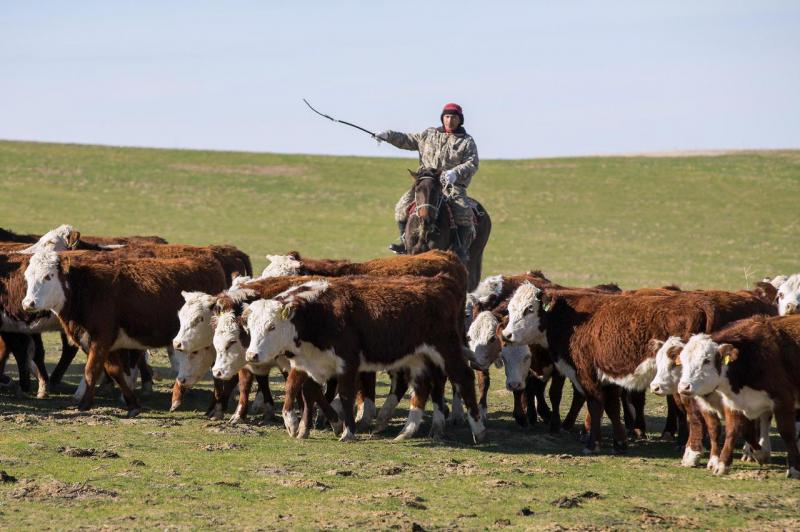
More recently, the President of Kazakhstan Kassym-Jomart Tokayev has set the task to make export of quality livestock products a priority. The correspondent of the editorial office of World of NAN decided to carry out his own study and describe the prospects for this industry.
THE SITUATION TODAY
The assumption that Kazakhstan cannot provide itself with meat is wrong. According to the Meat Union, Kazakhstan is fully self-sufficient in beef.
"For 2019, beef production was 501,393 tons and domestic consumption was 480,144 tons. As a ratio, this gives a beef self-sufficiency rate of 104.4%. When we talk about meat imports, we must understand that we are talking not only about beef, but also about other types of meat. Regarding imports, such as chicken - is a condition of Kazakhstan's accession to the WTO, "- explained in the meat union.
"Kazakhstan's accession to the World Trade Organization guarantees fair treatment of our exports in the markets of other countries, and at the same time obliges us to provide the same conditions for the import of foreign goods and services in our domestic market. It turns out that we are obliged to import chicken meat. These restrictions allow us to maintain a balance in the world market, but stop the development of chicken production inside the country.
However, this does not prevent the growth of cattle meat production. Kazakhstan has made great strides in this, according to the meat union.
"If you compare it with 10 years ago, Kazakhstan has seriously grown in meat cattle breeding. We've built a correct technological chain for cattle meat production, which includes all elements - pedigree farms (more than 25 thousand), breeding reproducers, fattening sites for 15-20 thousand head of one-time keeping, as well as meat processing complexes," - noted in the meat union.
If we believe the statistics above, we can export only 4% of the beef, not to the detriment of the domestic market. This figure is negligible when compared to the export level of world leaders - Australia, the U.S., Brazil. However, Kazakhstan has the prospect to stand on a par with these countries.
THE PROSPECTS ARE IMMENSE
In Kazakhstan's history, cattle breeding has been the main type of material production. Therefore, the development of this industry should not cause us any complications.
"Today, the level of development of cattle breeding in Kazakhstan is at a point of active development. Various programs are being developed, feedlots, meat processing plants, and farms are being built, and the number of cattle is increasing. We occupy the 5th place on pastures and have huge traditional experience of nomadic cattle breeding. Given the available resources, as well as the high demand for meat from our neighbors, this type of business promises to be a driver of our country's agriculture," Maksut Baktibayev, director general of the Meat Union, gave his assessment.
The demand for livestock products is growing steadily every year. For example, according to the meat union, people of Kazakhstan consume beef most of all, the dynamics of its consumption for the period from 2011 to 2020 showed an increase of 6.2%. Consumption of poultry meat is also increasing. In 2000, 3.6 kg of poultry meat per capita was consumed, and in 2020 - 21 kg.
The demand for meat will grow in other countries as well, especially where there is a high population growth. Fortunately Kazakhstan borders China and Central Asian countries, where the market promises to grow very quickly. But not everything is so simple in the development of livestock exports.
THERE ARE ALSO SOME CHALLENGES
After collapse of the USSR, the most part of livestock appeared on private farms, and in 2010 about 82% of all cattle were on private subsidiary farms. According to the meat union, now about 60% of cattle meat is produced in household farms, and about 40% in organized farms - agricultural enterprises and farms. Often artisanal production does not allow to grow a quality product, which prevents the entry of products into world markets.
"It is important to engage in the digitalization of veterinary medicine: introduce elements of traceability, fixing verified data on a reliable and convenient platform. It is also necessary to continue the program of breed conversion, we have not yet reached world standards for the slaughter weight of cattle (increased from 154 to 174, but we need 225 kg per head)," - said in the meat union.
According to Maksut Baktibayev, to achieve these goals it is necessary to support farms that are engaged in livestock breeding professionally, not artisanally.
Only through increasing the number of farms will the share of quality livestock that able compete on the world market can grow.
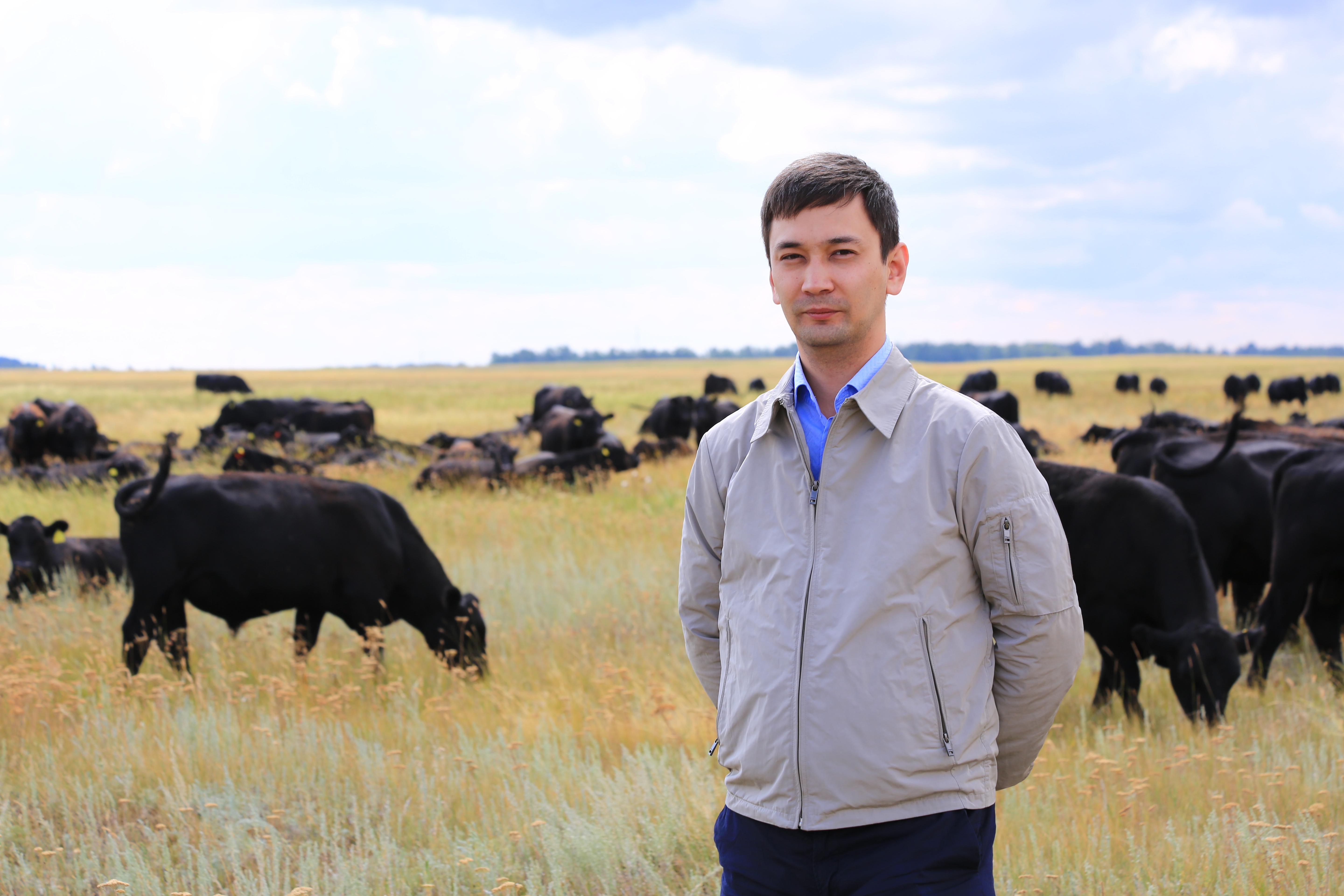 The meat union director added: "In order for this business to become popular and developed, some systemic structural things need to be addressed. First and foremost is access to pastures. That is, people who are engaged in cattle breeding must have access to pastures."
The meat union director added: "In order for this business to become popular and developed, some systemic structural things need to be addressed. First and foremost is access to pastures. That is, people who are engaged in cattle breeding must have access to pastures."
The problem with pastures in our country is extremely acute. Drought not organized granting of pastures and other barriers greatly hinder local livestock farmers. Solve these problems, unfortunately, the local authorities, which are not always interested in the growth of livestock private individuals.
The meat union also noted: "Today it is important to have markets: to continue negotiations on the promotion of beef cattle breeding products for export markets.
It is not enough to increase the production of animal products. It is also important to find a market where these products will be supplied. If today we will increase production, but cannot sell the product, it will create a surplus of goods in the market. With the growth of surplus, the cost of goods will fall, and consequently producers will receive less profit, and this again will lead to a reduction in the production of animal products.
The result
In Kazakhstan, there are all prospects for the implementation of the order of the Head of the country to increase exports of livestock products. However, there are a lot of nuances in development of this sector. Therefore for effective implementation of the task state should establish a dialogue with breeders, to solve existing problems together.
We have voiced some of these problems today. Herewith, as it was noted earlier, not only government representatives should work, but also farmers themselves, to make their goods comply with international standards. Only by building a clear and coordinated mechanism we will be able to increase exports of livestock products.



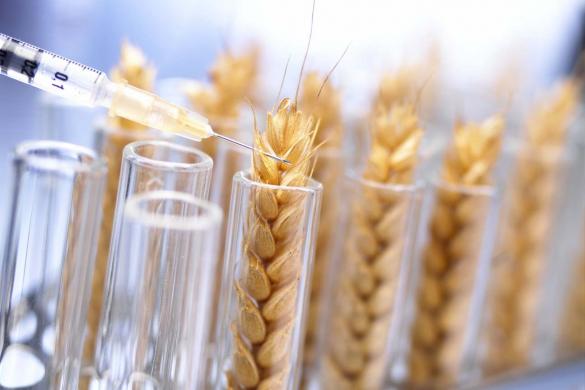
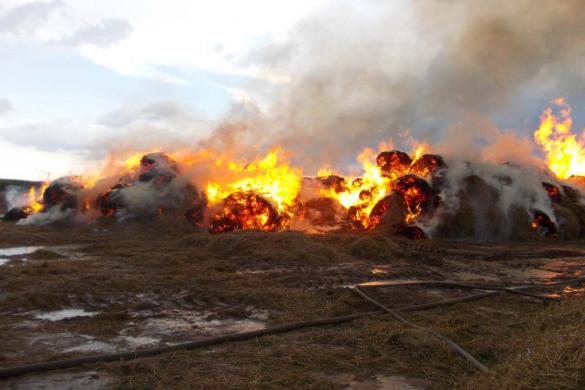
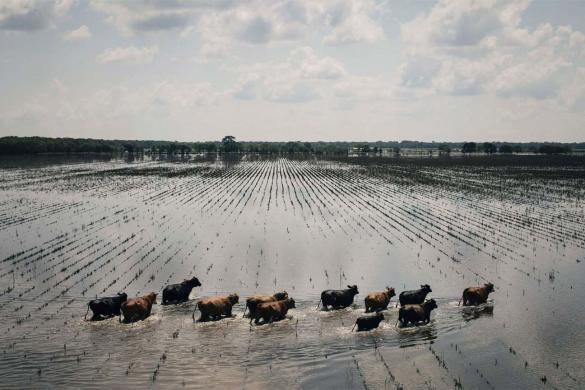








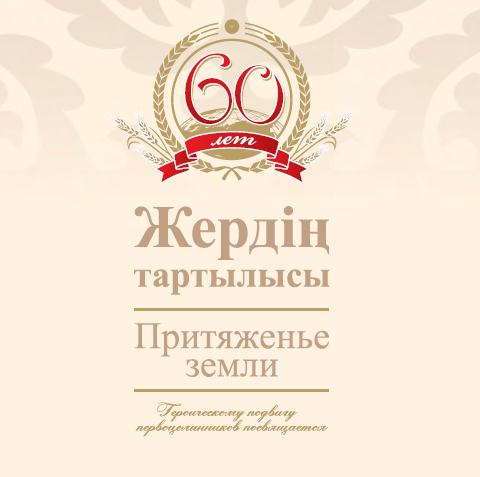
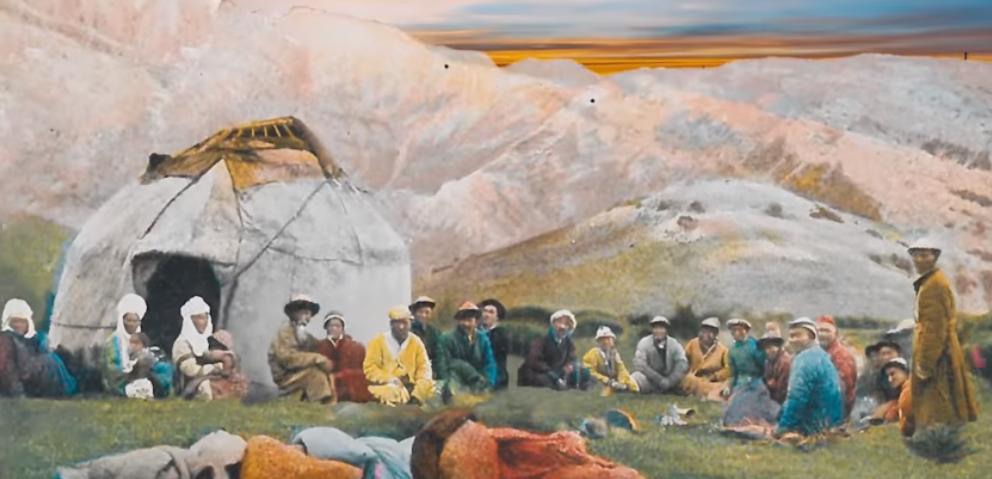
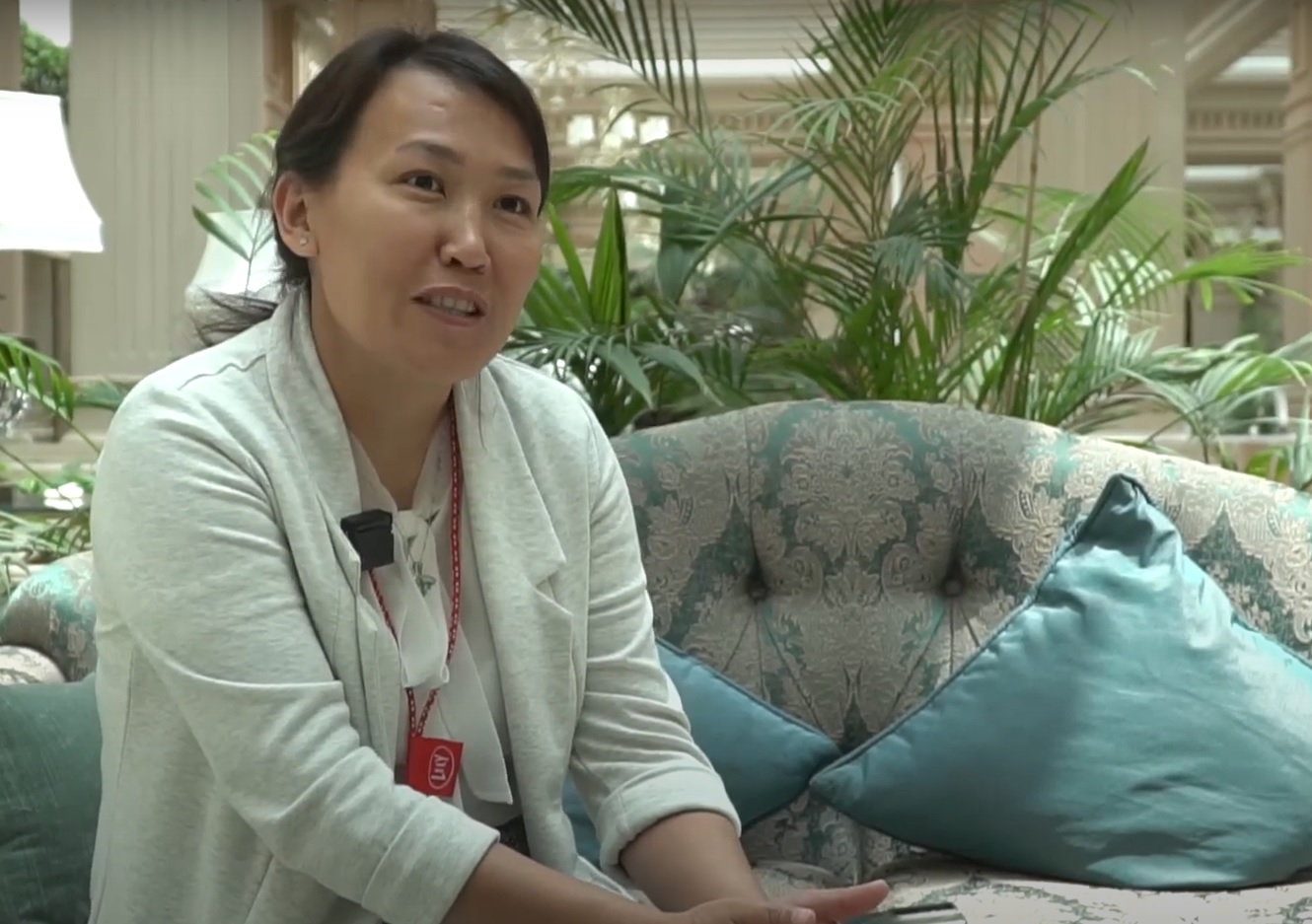
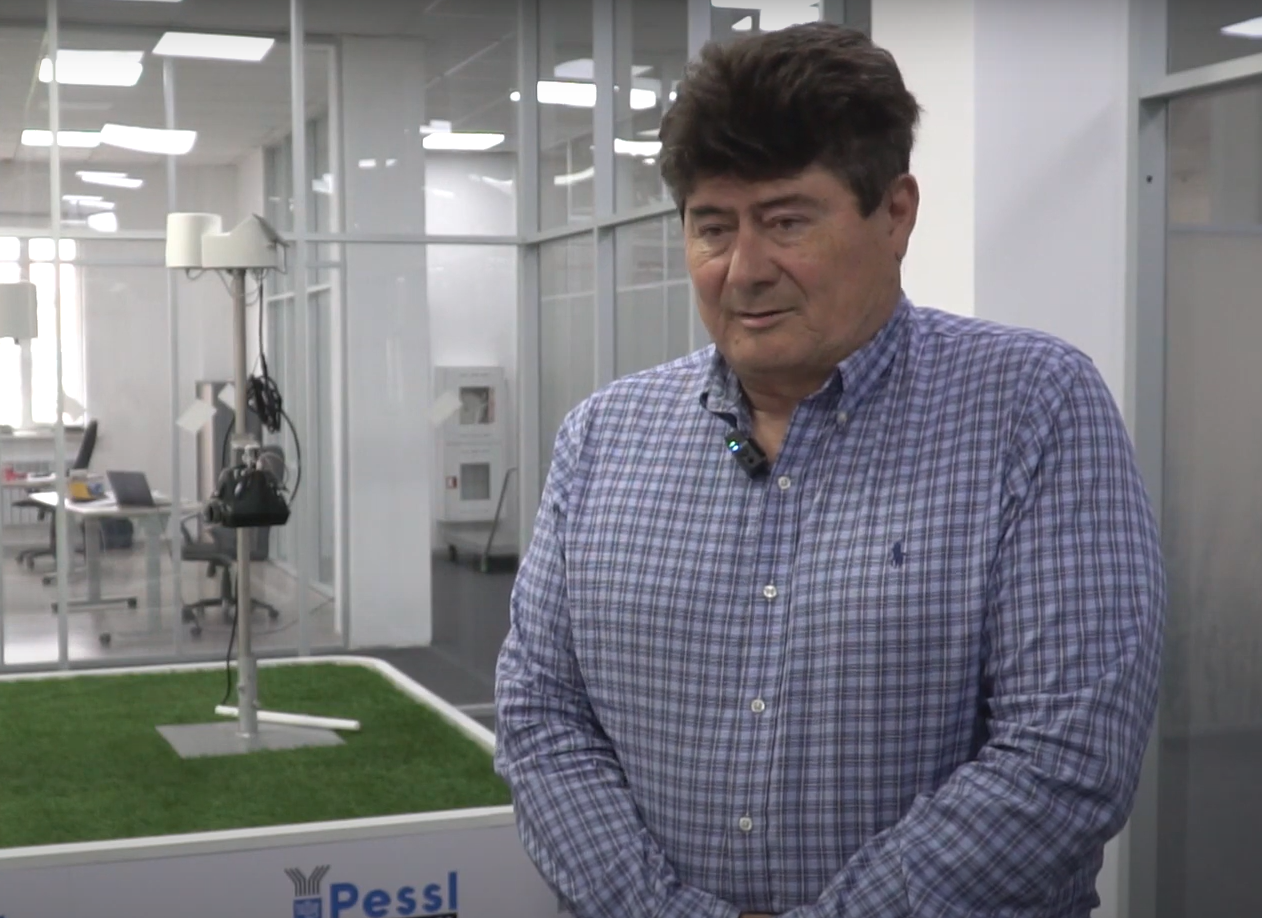
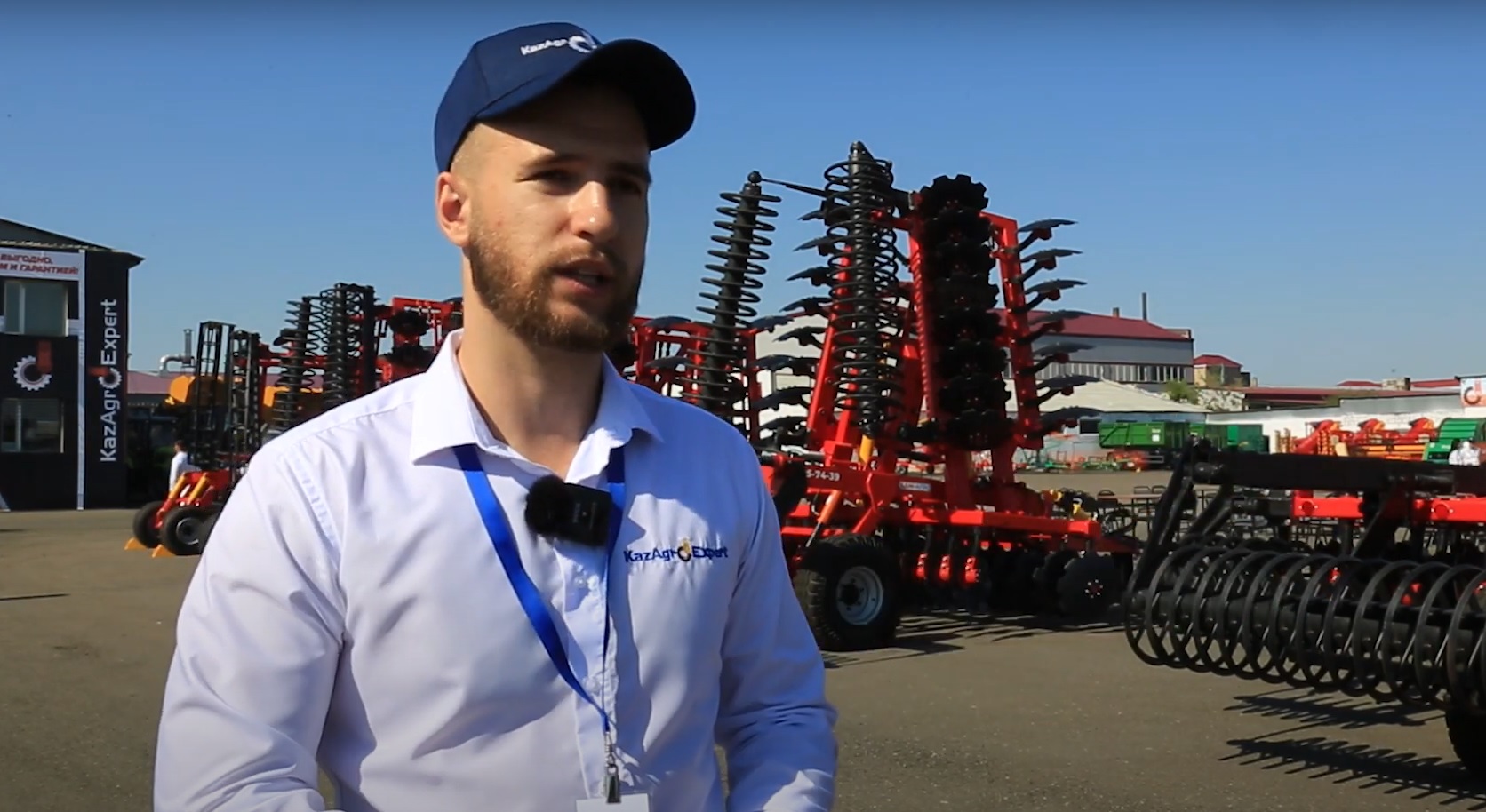
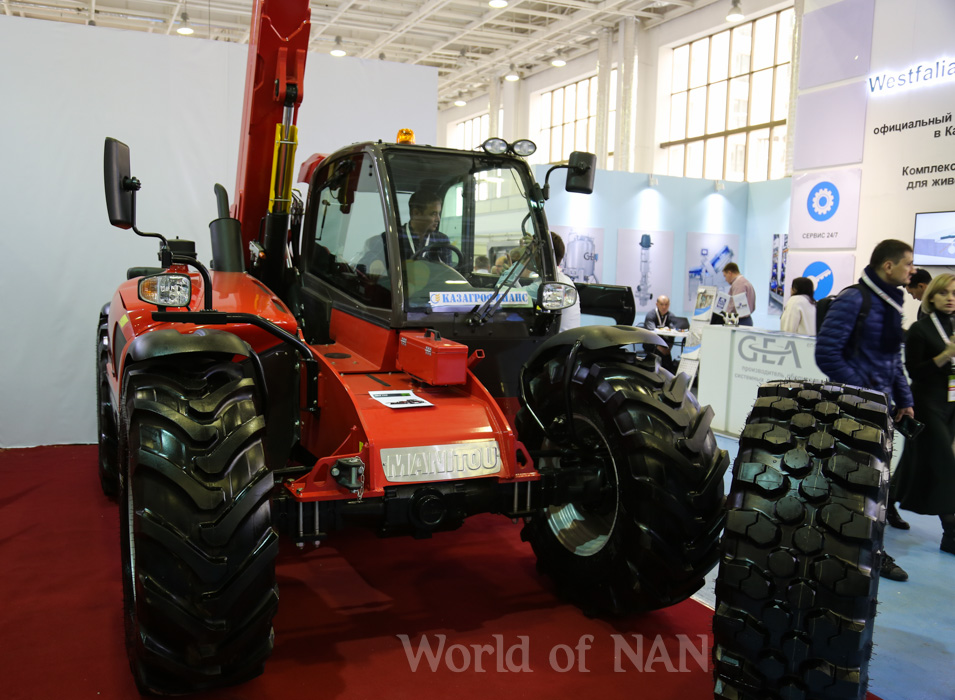
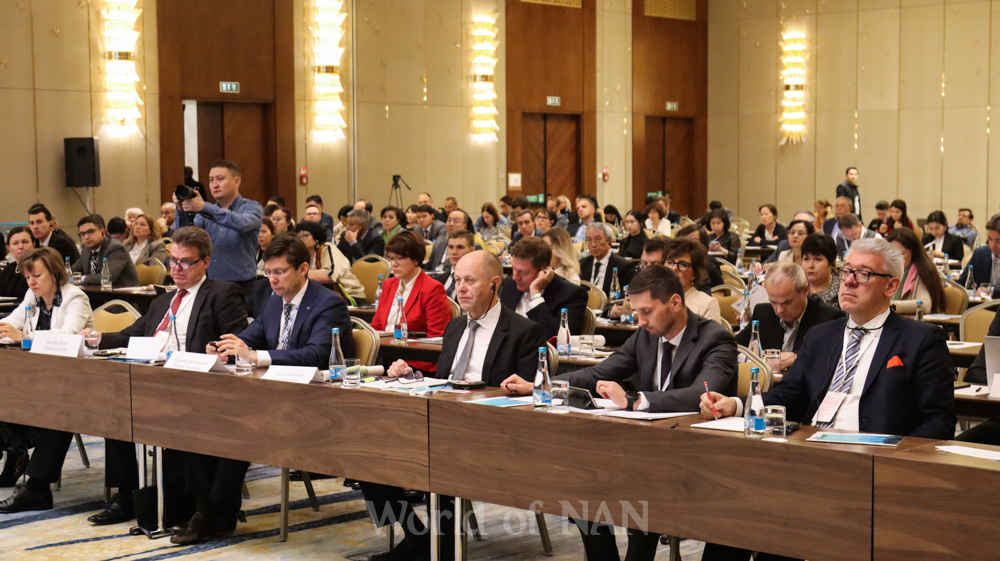
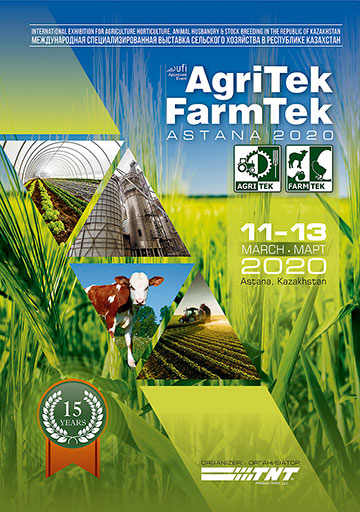



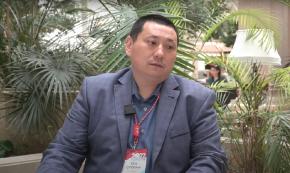
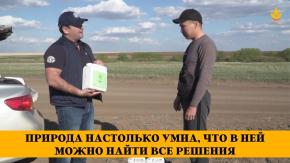
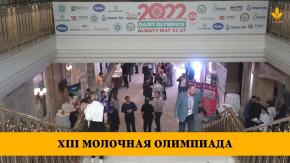
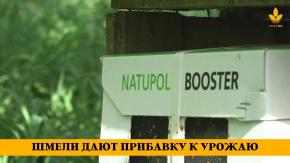

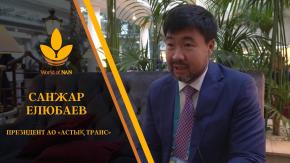

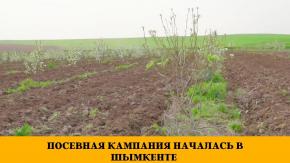
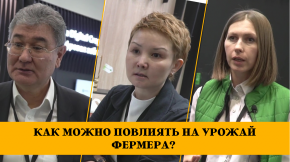
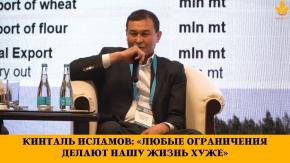



 The meat union director added: "In order for this business to become popular and developed, some systemic structural things need to be addressed. First and foremost is access to pastures. That is, people who are engaged in cattle breeding must have access to pastures."
The meat union director added: "In order for this business to become popular and developed, some systemic structural things need to be addressed. First and foremost is access to pastures. That is, people who are engaged in cattle breeding must have access to pastures."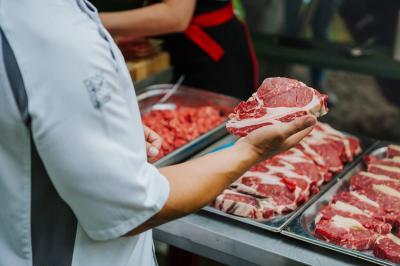
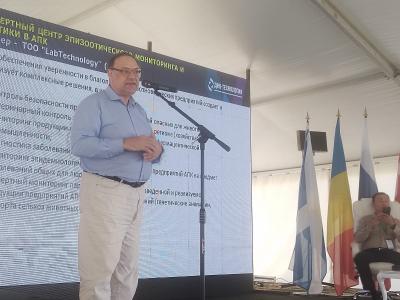
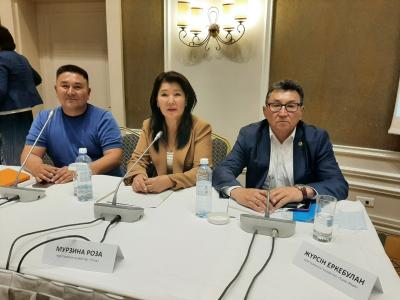
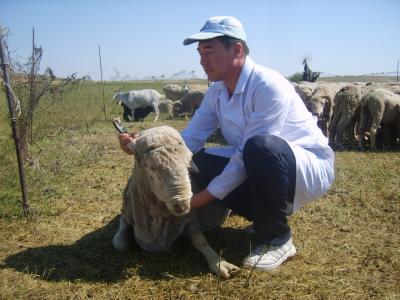
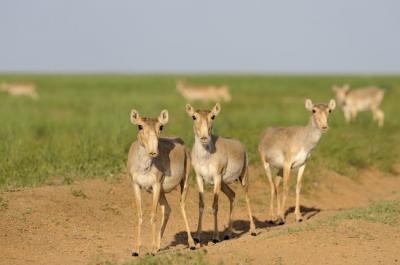

Обсуждение